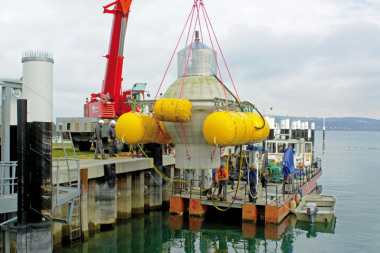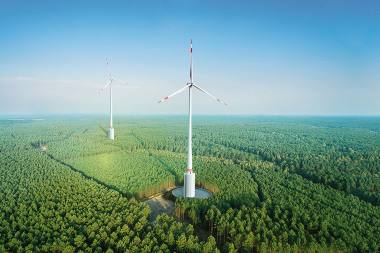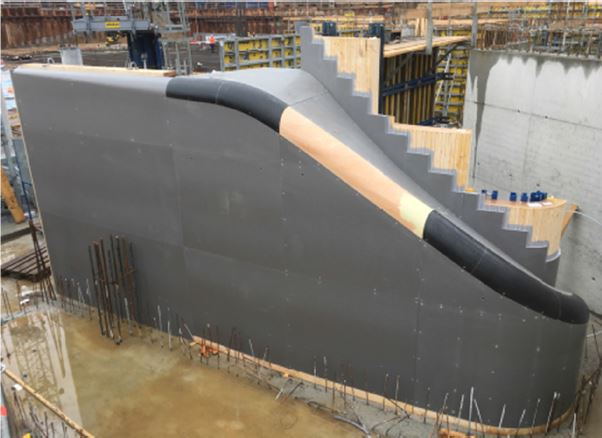Waterfallboden dam heightening in Kaprun: Doka technology in high mountain use
24.10.2025
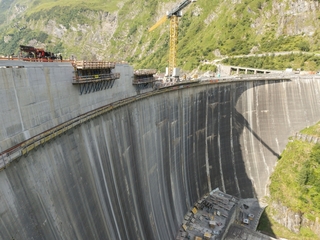
Figure: Doka
The nine-metre increase in height of the Wasserfallboden dam in Kaprun will provide the basis for the new Limberg III pumped storage power plant, which will provide 480 MW of flexible additional capacity for Austria's energy supply in future. Doka is supplying the formwork and scaffolding solutions that will enable precise and safe construction under extreme high-altitude conditions.
In terms of energy economics, the Kaprun power plant group is often referred to as the ‘battery in the Alps’ due to its enormous storage capacity and flexibility – and it will play an even more important role in grid stability in the future. By 2027, the Wasserfallboden dam, also known as the Limberg dam, will grow by nine metres to just under 129 metres. This will increase the usable capacity of the reservoir by 12.7 million m³ to a total of 93.9 million m³.
Efficiency and safety despite cold, wind and altitude
The work is taking place at over 1,700 metres above sea level – an environment with temperatures well below zero, wind speeds of over 100 km/h and extreme logistical requirements. VERBUND is relying on Doka's formwork expertise to safely master the extraordinary construction requirements in the high mountains. Many years of expertise in infrastructure construction and an experienced Doka team ensure that construction progresses steadily right from the start. Thanks to 3D planning, prefabrication and optimised logistics, the cycles could be significantly accelerated – with a concreting speed of around 260 m³ in just three days.
The Top 50 beam formwork enables precise shaping of the curved dam blocks, while the D22 barrier formwork ensures safe load transfer. In addition, the K folding platform provides reliable and optimal working conditions over 700 running metres. Twenty-two tonnes of Ringlock modular scaffolding were installed for the assembly and dismantling work at the control centre. These serve as stair towers and flexible working platforms. At the same time, Doka also provided support in the construction of the underground cavern for the new Limberg III power plant, which went into operation in mid-September 2025.
Significance of the Kaprun power plant group
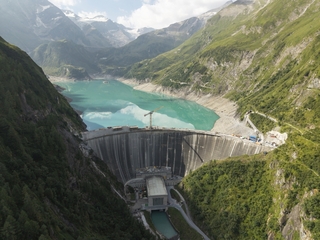
Figure: Doka
The Kaprun power plant group has been a symbol of the Austrian energy industry for decades. Limberg I, one of the first pumped storage power plants from the 1950s, was symbolic of the reconstruction after the Second World War. Limberg II, commissioned in 2011 as an underground pumped storage power plant with 480 MW, marked the next major step in development. Here too, Doka was involved with formwork solutions for the cavern, as it was with Limberg III. Today, with the expansion of Limberg III, VERBUND is investing over €500 million in the further expansion of Austria's energy independence and security of supply.
All three Limberg power stations are independent pumped storage power stations within the Kaprun power station group and are fed by the two high mountain reservoirs Wasserfallboden and Moserboden.
CONTACT
Doka Deutschland GmbH
Frauenstraße 35
82216 Maisach/Germany
+49 8141 394-0

